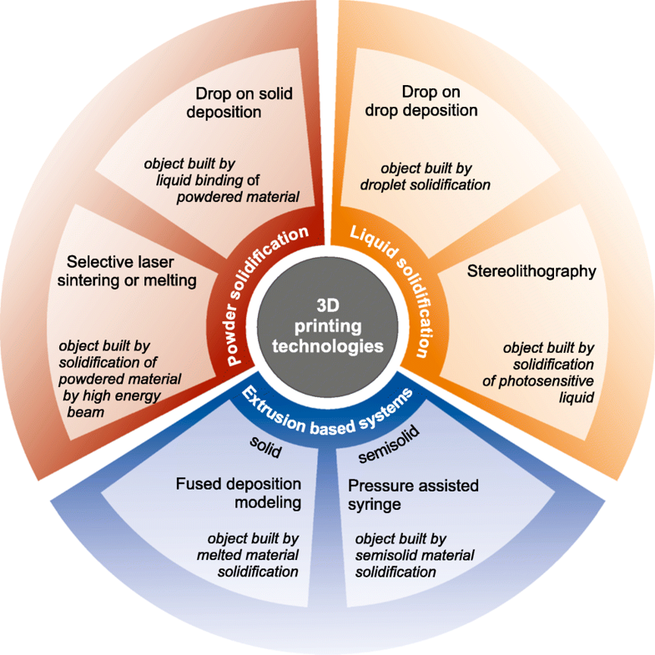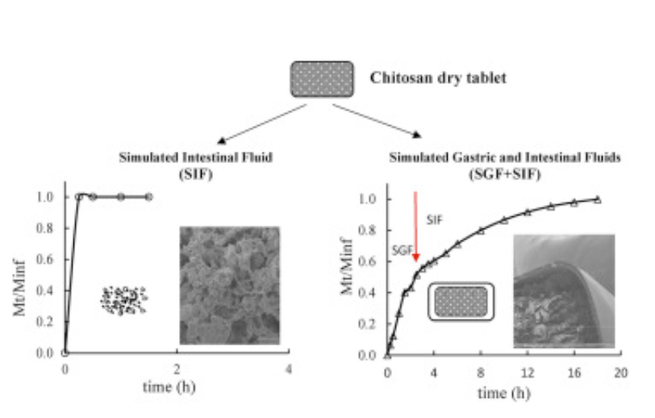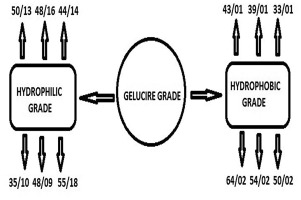- Home
- Blog
- News
- Basics
- Sources
- Agencies, Regulatory & Organisations
- CERSI Excipients Browser
- Excipient Report
- Excipient DMF List
- EXCiPACT Certified Companies
- Excipient Documentation
- Excipient EINECS Numbers
- Excipient E-Numbers
- FDA Inactive Ingredient List
- FDA GRAS Substances (SCOGS) Database
- IPEC Americas
- USP - U.S. Pharmacopeia
- Definitions
- Whitepapers / Publications
- Supplier
- Services
- Media
- Events
- 1st pharmaexcipients Poster Award
- Event Calendar
- Events featured by pharma-excipients
- 4th Annual Formulation & Drug Delivery Congress
- DDF Summit
- ExcipientFest Americas
- ExcipientFest Asia
- Global CompliancePanel
- International Conference and Exhibition on Pharmaceutics & Novel Drug Delivery Systems
- Formulation & Drug Delivery USA Congress
- Laboratory Medicine 2018
- Making Pharmaceuticals Europe
- Making Pharmaceuticals Exhibition
- Pharma Integrates
- PharmaExcipients China @CPhI China
- TTC Technology Training Center
- Jobs
- Online Sourcing
- Contact
29. August 2018
Many approaches have been developed over time to overcome the bioavailability limitations of poorly soluble drugs. With the advances in nanotechnology in recent decades, science and industry have been approaching this issue through the formulation of drugs as nanocrystals, which consist of “pure drugs and a minimum of surface active agents required for stabilization”. They are defined as “carrier-free submicron colloidal drug delivery systems with a mean particle size in the nanometer...
29. August 2018
Carrier based dry powder inhalers (DPIs) are common vehicles for pulmonary delivery of active pharmaceutical ingredients (APIs), thus powder properties of carrier would generate a pronounced impact on the two dominant delivery stages of the DPIs. In our previous study, a novel modified carrier, the nanoporous mannitol carriers (NPMCs) was prepared to achieve satisfactory aerosolization performance. While the aerosolization performance enhancement mechanism of NPMCs based DPI was still...
17. August 2018
At the BASF Solubilization Symposium Dr. Frank Romanski speaks about poorly water-soluble drugs, solubilization techniques, lipid complexity and the need for surfactants.
19. July 2018
Growing demand for customized pharmaceutics and medical devices makes the impact of additive manufacturing increased rapidly in recent years. The 3D printing has become one of the most revolutionary and powerful tool serving as a technology of precise manufacturing of individually developed dosage forms, tissue engineering and disease modeling.
24. May 2018
Non-steroidal anti-inflammatory drugs (NSAIDs), i.e. indomethacin used for rheumatoid arthritis and non-rheumatoid inflammatory diseases, are known for their injurious actions on the gastrointestinal (GI) tract. Mucosal damage can be avoided by using nanoscale systems composed by a combination of liposomes and biodegradable natural polymer, i.e. chitosan, for enhancing drug activity. Aim of this study was to prepare chitosan-lipid hybrid delivery systems for indomethacin dosage through a novel...
14. May 2018
Polysaccharides-based delivery systems and interpolyelectrolyte complexes (IPECs) are interesting alternatives to control the release of drugs, thereby improving therapies. Benznidazole (BZ) is the selected drug for Chagas disease pharmacotherapy. However, its side effects limit its efficacy and safety. We developed novel multiparticulated BZ-loaded IPECs based on chitosan and alginic acid, and investigated their physicochemical and pharmacotechnical properties. IPECs were obtained using the...
13. May 2018
3D printing: a layer-by-layer process to produce drug products has gained a lot of attention in recent years especially after its first FDA approval due to several advantages offered as an effort for an improved pharmacotherapy. This technology is indeed an old and widely used in other industries; however due to various regulations and complex application, it is yet to flourish in the pharmaceutical industry. Despite this fact, numerous dosage forms have been prepared and reported in the...
13. May 2018
This study focuses on the behavior of chitosan (CHI) and its polyelectrolyte complexes with carboxymethyl starch (CMS) used as monolithic matrices with acetaminophen as drug tracer. Two different chitosan grades were tested alone or associated in various ratios with CMS as excipients for tablets obtained by direct compression. The degree of deacetylation (DDA) of CHI, estimated from 1H NMR and FTIR data, was correlated with X-ray diffraction and scanning electron microscopy (SEM) to evaluate...
02. May 2018
Herein, excipients are investigated to ameliorate the deleterious effects of lyophilization on peptide-polymer nano-polyplex (NP) morphology, cellular uptake, and bioactivity. The NPs are a previously-described platform technology for intracellular peptide delivery and are formulated from a cationic therapeutic peptide and the anionic, pH-responsive, endosomolytic polymer poly(propylacrylic acid) (PPAA). These NPs are effective when formulated and immediately used for delivery into cells and...
23. April 2018
Poly ethylene glycol (PEG) ester surfactants are synthesized by reacting polyethylene glycol with fatty acid. The polyethylene glycol comprises the hydrophilic part of the surfactant and the fatty acid is the lipophilic part. By varying the molecular weight of the PEG and the fatty acid, surfactants covering wide range of hydrophilic lipophilic balance (HLB) values can be produced. Gelucire is the family of vehicle derived from mixtures of mono, di and triglycerides with PEG esters of fatty...










